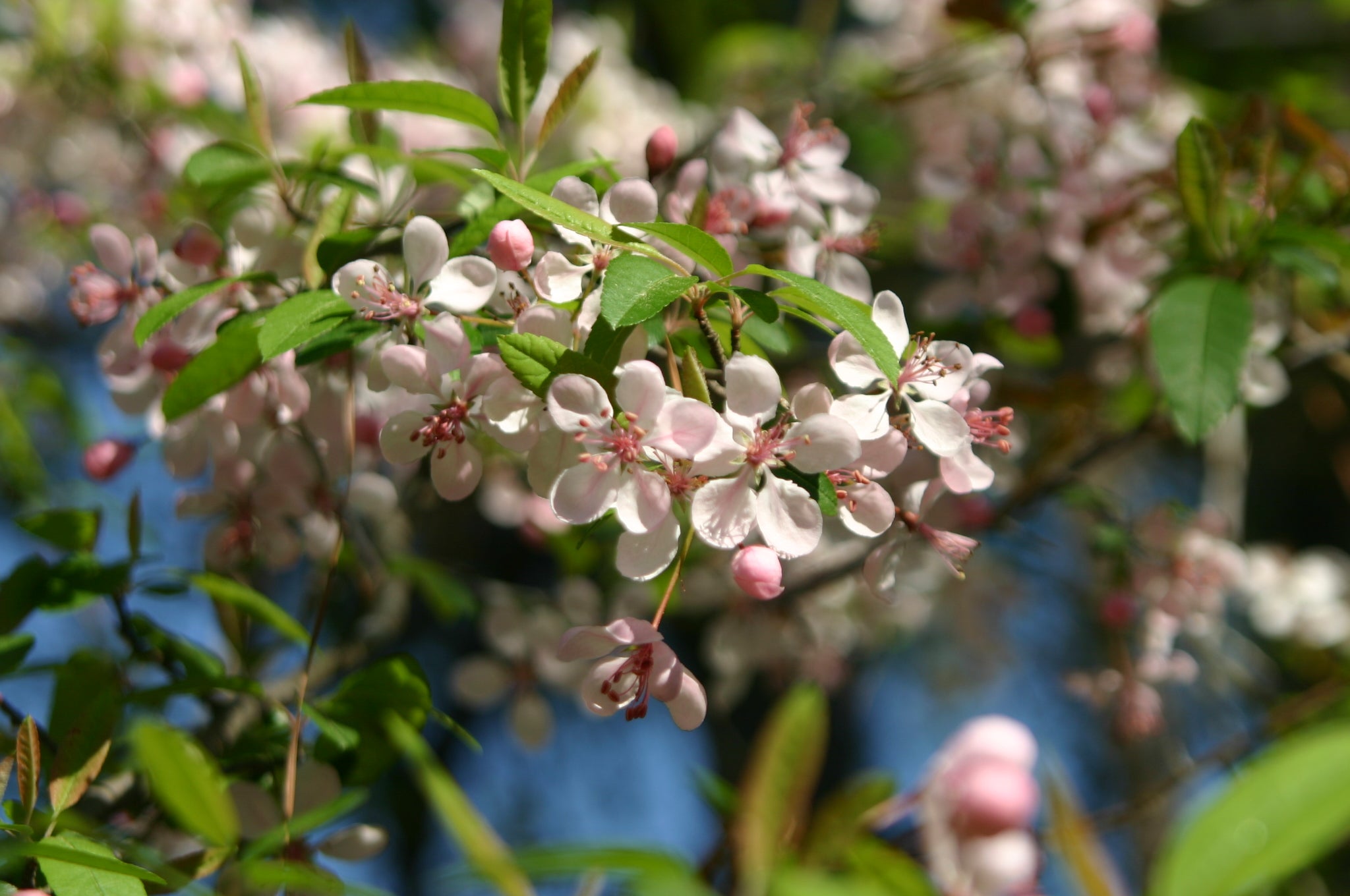Spring flowering native trees for your landscape
Published 7:00 am Wednesday, March 8, 2017
By Pat Drackett, Director, The Crosby Arboretum
MSU Extension Service
As spring draws closer, my highway rides are becoming even more exciting, as each new species of tree unfolds its blooms. White blooms are popping on mayhaw tree branches in low-lying areas, and profuse sprays of delicate pink flowers adorn the branches of the southern crabapple trees in the Arboretum’s visitor parking lot.
Southern crabapple (Malus angustifolia) is a small deciduous tree well known by seasoned Southern gardeners as a specimen tree. It grows to thirty feet, and prefers moist soils but not standing water, and grows alongside species such as red maple, yaupon holly, and persimmon. The small green apples are relished by many wildlife species.
Mayhaw trees are in the Rose family, and occur in low, moist areas such as swamps, and banks of streams and rivers. However, they perform just fine when planted on higher sites with better drainage, and several persons at the Arboretum have lately mentioned a friend or family member who maintains a mayhaw orchard.
Mayhaw blooms resemble the flowers you see on blackberries or dewberries, also in the Rose family. So are parsley hawthorn (Crataegus marshalii) trees, another relative with attractive white blooms that occurs in the understory of our local forests. What do all of these plants have in common? Just like roses – thorns!
A gorgeous Eastern redbud (Cercis canadensis) is blooming on Ridge Road across from the Arboretum property. The bright magenta blooms make them easy to identify from the car window. In eastern landscapes, redbuds mingle with white flowering dogwoods in woodland edges.
Redbud is a member of the Leguminosae, or Pea, family. Look closely at its blossoms and you will see the resemblance to other family members. The tree prefers moist well-drained sites, is drought tolerant once established, and grows in both acidic and alkaline soils, although it does seems to sprout up more easily in alkaline environments. Like other legumes, redbuds also have the amazing ability to fix nitrogen from the air to use as a nutrient.
Red maple trees (Acer rubrum) have been putting on a show for many weeks. Their act begins with clusters of scarlet flowers, and they gradually transform into red winged fruit called samaras, while still maintaining an overall red hue. Then, a windy day or a spring rain will almost certainly send their clusters of samaras crashing to the ground, where you may be lucky enough to come across their stunning carpet.
There is a wide variation in the color of the red maples occurring in the landscape. Some are red enough to rival any flowering specimen tree in garden magazines, while others have more muted tones. The color difference may be due to some of the maples being the variety known as swamp red maple or Drummond’s red maple (Acer rubrum var. drummondii). From this name you may surmise correctly that this tree grows in very wet areas, such as cypress-tupelo habitats.
The Crosby Arboretum’s spring native plant sale is right around the corner. Mark your calendar, and join us on Friday and Saturday, March 24 and 25 from 10:00 a.m. to 3:00 p.m. Site admission is free during plant sale days, so if you have never visited the Arboretum, please do pay us a visit! Pearl River County Master Gardeners and Arboretum staff members will be available to answer questions and assist in making plant selections to best fit your property’s conditions.
You are invited to a spring gallery exhibit opening this Saturday, March 11, from 10 a.m. to Noon at the Crosby Arboretum, to see the nature photography of Robert Smith. The event is free to the public, and light refreshments will be served. Robert began carrying a camera in the field thirty years ago to document the Mississippi Gulf Coast’s flora, fauna, and habitats, and will return to lead a nature photography workshop on May 6. See examples of his work at www.photobiologist.com.
For more information, see www.crosbyarboretum.msstate.edu, or call 601-799-2311. Our spring program calendar is now available on our website. The Arboretum is located in Picayune, off I-59 Exit 4, at 370 Ridge Road and is open Wednesdays through Sundays from 9 a.m. to 5 p.m.




